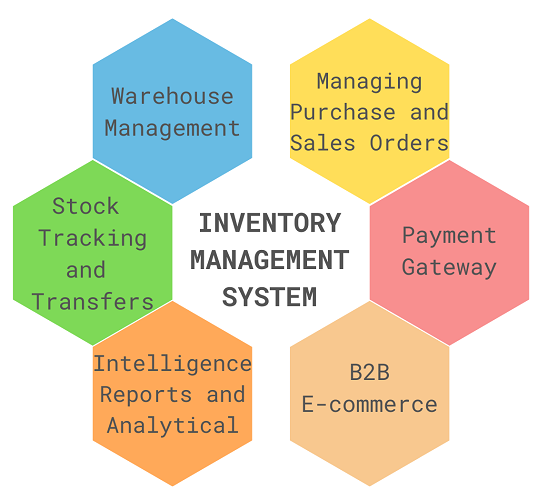Introduction
Using enterprise resource planning (ERP) systems in the aviation industry has led to more streamlined operations. Find out what Enterprise Resource Planning is and how it may help your aviation business, incredibly, your MRO department.
Aeronautics is rife with abbreviations. Because there are so many, specific acronyms might mean more than one thing. For this reason, it can be challenging to provide a simple answer to the question, “what does ERP stand for in aviation?”
In the aviation industry, what does ERP stand for?
Enterprise Resource Planning is called “ERP” in the airline industry. ERP for aviation systems streamline operational procedures across departments, from accounting and sales to inventory and supply chain management. The term “system of record” is a common way to describe an ERP system because it stores and organizes crucial company information.
- Extracted Route Points
- Emergency Response Plan
- Eye Reference Point
- Effective Radiation Power
However, we will focus exclusively on aviation-specific Enterprise Resource Planning software here.
Evaluating ERP’s Impact on Organizational Performance
By definition, the enterprise resource planning modules inside a corporation provide wholesome data consistency throughout the organization.
According to Rodolphe Parisot, Air France Industries KLM Engineering & Maintenance’s VP of Digital & Innovation, “Enterprise resource planning is covering a wide number of processes, such as finance, maintenance operations, use of business resource including human resources, engineering sales, purchasing, bill of materials, and supply chain” (AFI KLM E&M).
On the one hand, enterprise resource planning (ERP) is the database used by organizations that handle aviation maintenance. On the other side, it is crucial to help a maintenance and repair organization mature into a “data-driven” one. Having access to reliable data that is both useful and consistent has become a competitive advantage in today’s data-driven economy.
It’s important to acknowledge the role ERP software plays in using all this technology and keeping decision-makers informed, he argues, even while the IT sector fawns over big data, IoT, and the AI revolution. End-to-end enterprise-wide management, visibility, and data collection can increase aviation business performance and passenger safety. This is true for most aircraft maintenance firms, whether you work for a carrier, OEM, or MRO.
Integration’s Crucial Role
To keep the aircraft running smoothly and on time, which is crucial for airlines to provide the appropriate level of customer service, it is essential to ensure that the correct part is accessible at the right time in aviation maintenance management.

Enterprise resource planning aims to unify all aspects of maintenance management in this setting. According to Parisot, companies need robust master data management to reap the many rewards of big data and machine learning. “When a single integrated enterprise resource planning does not cover the functional landscape.”
Elliott argues that “integrating inventory management with the resource planning and maintenance execution solution is all but required” for any industry where “critical competency of their platform” is essential.
A long-term IT strategy for an aviation organization may involve integrating with an existing inventory management system. Therefore, the best resource planning and maintenance systems will have highly configurable options for such integration.
Conclusion
The aviation business relies heavily on quick and precise decision-making to maximize operational effectiveness. Innovative methods of delivery, such as Software as a Service (SaaS) and cloud computing, have led to a shift from on-premises to cloud-based enterprise resource planning (ERP) systems among aerospace industries.
Cloud-based solution providers are also tailoring their wares to suit the needs of individual customers. We appreciate your visit.











